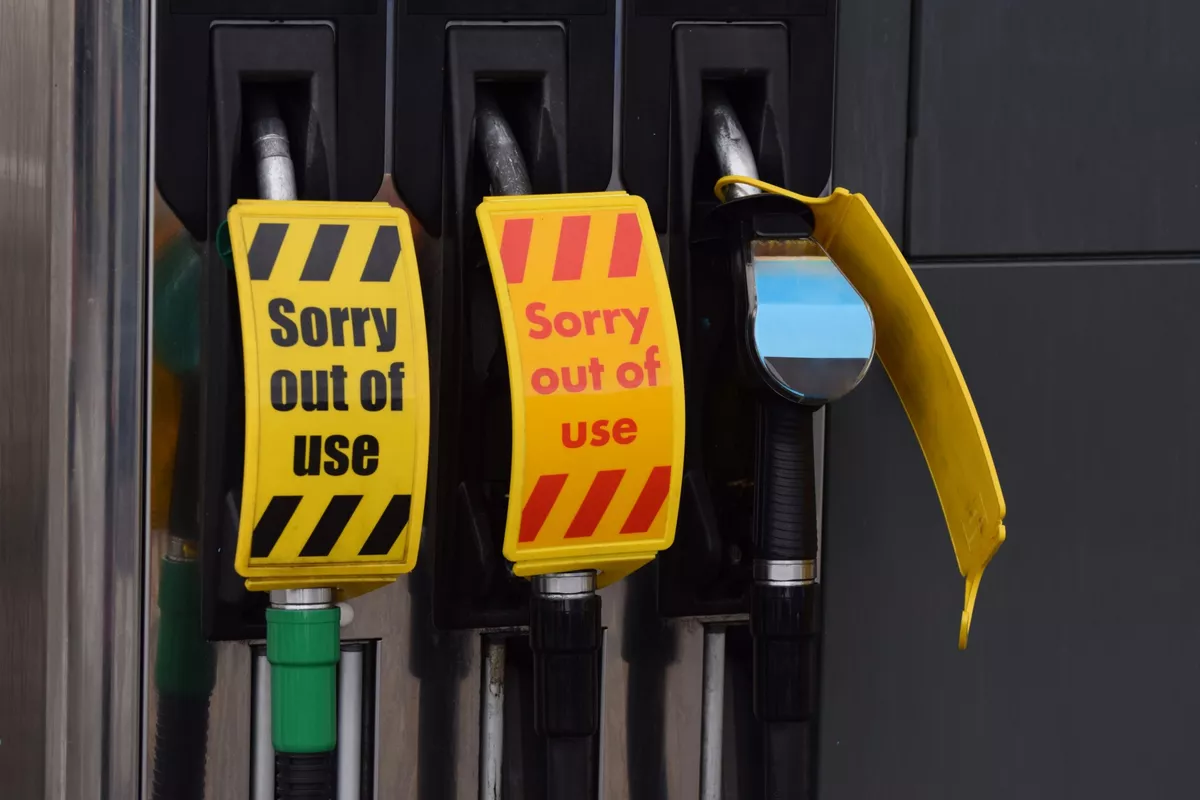
Credit: Shutterstock
Central Asian countries' heavy dependence on fuel imports from Russia is putting them in a vulnerable position. Differences in pricing and exchange rates are fueling a rise in illegal fuel resales, further complicating supply issues across the region.
Gasoline and diesel prices continue to climb, and shortages are being felt widely. This dependence on Russian supplies is particularly concerning following U.S. President Donald Trump’s ultimatum to Moscow: end the war in Ukraine within ten days or face 100% tariffs on countries trading oil and petroleum products with Russia. The tariffs could take effect as early as next week, placing Central Asian states in a hugely vulnerable position, The Caspian Post reports citing foreign media.
Kazakhstan: Shortages and Shadow Exports
In early July, motorists across Kazakhstan reported widespread shortages of AI-95 gasoline, particularly along the Karaganda-Balkhash and Astana-Pavlodar highways and in the country’s western regions. Some filling stations restricted purchases of AI-95 to 30 liters per vehicle, and AI-98 was only available via coupons. The Ministry of Energy attributed the shortages to increased tourist and transit traffic.
Price caps on gasoline were lifted in January 2025, after which they began to steadily rise. According to the Ministry of Energy, fuel in Kazakhstan remains significantly cheaper than in other Eurasian Economic Union (EAEU) member states, prompting the government to gradually align prices with the regional market. Forecasts suggest gasoline prices could rise by up to 50%, further fueling inflation and impacting all sectors of the economy.
The government argues that maintaining artificially low fuel prices would require substantial budget subsidies. The resulting price differentials have made illegal fuel exports more profitable, aggravating domestic shortages. To combat speculation, Kazakhstan imposed a ban in January on exporting gasoline and diesel by road and rail.
Despite the country’s ongoing efforts to expand domestic production, Kazakhstan is expected to import substantial volumes from Russia in 2025: 285,000 tons of motor gasoline, 300,000 tons of jet fuel, 450,000 tons of diesel, and 500,000 tons of bitumen. Experts caution that significant increases in domestic output may not materialize until 2030.
Russia’s decision on July 28 to tighten its gasoline export ban to include large producers is further complicating the situation. The embargo, introduced amid record-high exchange prices, is expected to last through August.
Nevertheless, Energy Minister Erlan Akkenzhenov insists the Russian export restrictions will not affect Kazakhstan, citing a standing intergovernmental agreement that exempts the country from such measures.
The Rise of Grey Market Schemes
Despite official reassurances, fuel prices continue to rise. Energy expert Olzhas Baidildinov warns of a growing shadow market, driven in part by the weakening of the Kazakh tenge against the Russian ruble. With the exchange rate at 6.6 tenge per ruble, the economic incentive for illicit exports from Kazakhstan remains strong. Baidildinov predicts further shortages by the autumn if this trend continues.
Kyrgyzstan: Growing Dependence
Kyrgyzstan, which has faced repeated fuel shortages in recent years, has seen prices rise sharply. Over the past decade, the cost of AI-92 has climbed by 52%, AI-95 by 57%, and diesel, used in agriculture and transport, by 66%.
Kyrgyz officials assert that Russia’s export embargo will not affect supplies, thanks to a duty-free agreement similar to Kazakhstan’s. According to the Association of Oil Traders, Russia is expected to supply Kyrgyzstan with 650,000 tons of gasoline and 550,000 tons of diesel in 2025, though this still falls short of the estimated annual demand of 1.5 million tons.
Uzbekistan: Skepticism and Shifting Supply
Uzbekistan has also signed agreements with Russia, which should protect it from the effects of Moscow’s export restrictions. However, economist Otabek Bakirov warns that smaller importers excluded from such agreements are exiting the market, allowing monopolies to exploit the situation by raising already-high prices.
A critical turning point is the planned discontinuation of AI-80 gasoline, which accounts for 80% of domestic consumption. Uzbekneftegaz intends to halt production of AI-80 by September 2025 and transition to higher-octane fuels. Although AI-80 is considered environmentally harmful and outdated, its phaseout may lead to additional price and supply pressures, given that Uzbekistan currently produces only a fraction of its fuel needs domestically.
Tajikistan and Turkmenistan: Chronic Shortages and Smuggling
Tajikistan remains heavily dependent on Russian fuel. In 2024, imports rose 14.3%, with over 524,000 tons of petroleum products and liquefied gas delivered from Russia.
Turkmenistan, meanwhile, is struggling with rampant fuel smuggling. Domestic fuel is significantly cheaper than in neighboring states, leading to theft and resale. Long lines at gas stations have become common, and local media report that some staff are charging up to 200% above official rates and pocketing the difference. Fuel meant for local consumption is reportedly being rerouted to Uzbekistan and Afghanistan.
Stark Choices
Regional governments now face a stark dilemma: raising fuel prices to curb smuggling risks social unrest, while maintaining subsidies threatens to deplete public finances amid slowing economic growth. Analysts warn that if U.S. tariffs are imposed and Russian exports remain constrained, Central Asia could experience a cascade of disruptions - persistent shortages, surging inflation, and a deepening reliance on shadow markets. Without swift investment in refining capacity and diversification of supply, the region may enter the winter of 2025 with its most severe fuel crisis in decades, forcing governments to choose between fiscal stability and political stability.
Share on social media